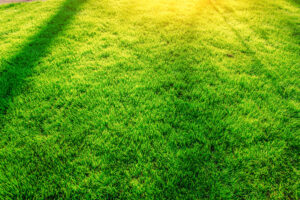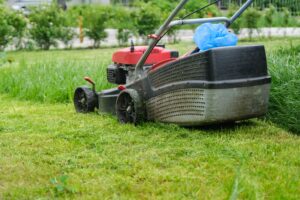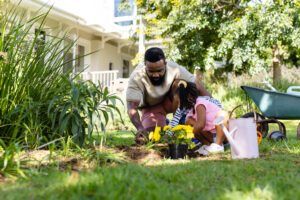Introduction
Designing your garden can be an exciting journey, but with so many options, it can be overwhelming. This flower bed design guide will help you get started by asking yourself some key questions. The aim is to help you plan a garden bed that suits your preferences and avoids common mistakes.
What to Consider When Planning Your Flower Bed
We prepared a list of questions that you can use as a guide to assist you throughout the process of your flower bed design. Our aim is not to tell you how your flower bed should look, but to encourage you to explore elements you might not have thought about. Following our guide can help you organize your thoughts and convert them into a vision that you can eventually communicate to your landscaper.
Questions to Ask Yourself Before Flower Bed Design Planning
- What is my budget for this project? Be realistic with your expectations. The design will depend on how much money you invest in it. A higher budget allows for more beautiful, low-maintenance plants, higher plant density, and decorative features like mulch and stones.
- Do I want my flower bed to serve another purpose? A flower bed can offer more benefits than expected. You might want to distinguish your property from your neighbor’s with a living fence, hide areas in the yard, or create extra shade. Consider these purposes in your flower bed plan.
- What is the dedicated size for my flower bed? Measure an existing flower bed or decide on the size for a new one. The size affects plant selection, variety, location within the bed, and plant density.
- What would be an aesthetic flower bed shape and design? Flower beds can have different shapes and edges. Follow some basic architectural rules: plant from big to small, have the vertical edge at least one-third the length of the horizontal space, and use repetitive elements like planting the same flower multiple times.
- Do I like to define the flower bed with a border? Adding a border can enhance the flower bed’s appearance. Options include rock, brick, wood, plastic, and living edges. A border can also help with maintenance.
- How much time am I willing to invest in maintaining my plants? Choose plants based on the time you can commit to maintenance. High-maintenance plants require regular trimming, watering, and fertilizing.
- What is the height of the flower bed and what is it adjacent to? Consider the height of your flower bed and its surroundings. This affects plant selection in terms of height, order, and sunlight requirements.
- What is the best mix of trees, shrubs, plants, and flowers for my flower bed? Depending on your needs and preferences, include a mix of trees, shrubs, and plants. Follow the big to small planting rule for a cohesive look.
- How dense do I want the plants to be? Balance space between plants to avoid overcrowding while allowing room for growth.
- What is my style and taste in plants? Choose plants that you like in terms of colors, sizes, and overall aesthetic. Look for inspiration from neighbors, nurseries, or landscapers.
- How many hours of sunlight will my flower bed get? Different plants have different light requirements. Match plants with the sunlight exposure in your flower bed.
- What is the climate like in my region? Choose plants suited to your climate. Use a plant hardiness map to ensure your plants will thrive.
- Does anyone who lives on the property have any allergies? Consider allergies before choosing plants. Inform your landscaper about any plants to avoid. If you’re not a fan of bees or allergic to them, choose plants that are less attractive to bees to minimize their visits.
- Perennials vs. annuals: which plants should I choose? Annuals grow for one season and die in winter, while perennials regrow every spring for at least three years. Perennials are more costly but provide long-term value. Annuals have longer blooming periods and are stunning during their peak. A mix of both ensures a dynamic and beautiful flower bed.
- Do I want to upgrade the look of the ground cover with mulch or stones? The default ground cover is triple mix soil, but upgrading to mulch or stones can enhance the flower bed’s appearance. Mulch adds a polished look, and river rocks or boulder stones can provide visual interest.
Conclusion
Planning a flower bed design is not easy and involves many factors. Even when hiring a landscaping company, having some understanding will help you create a plan that meets your needs and preferences. This guide on flower bed design questions can help you achieve the flower bed of your dreams. Our expert landscapers are ready to assist you. Feel free to contact us today!














